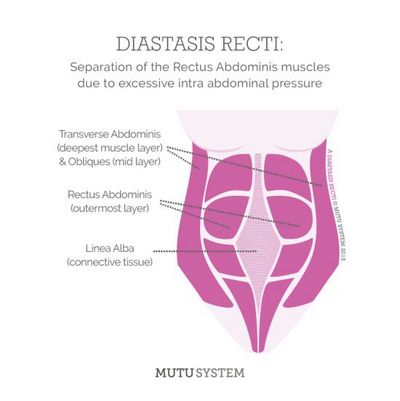It may sound scary, but approximately one in five women experience diastasis recti, also known as diastasis rectis.

Symptoms may include abdominal weakness and back pain.
Diastasia recti is a condition where the abdominal wall sags or weakens, causing the stomach to move out of position. Usually, this occurs as a result of pregnancy, weight gain, age, or genetics, though it may occur for different reasons at different times.
Diastasis is caused by the slowing down of abdominal muscle contractions. This causes the stomach to become more shallow. When this happens over time, a loose muscle called the sigmoid muscle will appear and will be visible on the surface of the skin, which is called stasis.
Diastaseis rectis is a medical term used to describe this condition, which refers to the condition as a complication. Diastaseis rectis can also be called sphincter stenosis.
The primary cause of diastasis is excessive strain on abdominal muscles during pregnancy. However, in addition to this, the weakening of the muscles around the stomach can also result from a diet that contains too much fat, sedentary lifestyle, obesity, or diabetes.
Pain around the belly is common during diastasis rectis. This occurs because the abdominal muscles tighten and may tear the internal lining of the stomach. This can happen if the diastase is not treated. The pain can range from mild to excruciating, so it’s important to consult with your doctor right away.
Treatment for diastasis rectis depends on what has caused the abdominal muscles to weaken. Medications such as antacids may provide temporary relief. Antibiotics can also be used to treat the infection that is causing the condition. Surgery may be performed to repair damage to the tissue surrounding the stomach.
Stomach exercises are very helpful in reducing abdominal pain during diastasis. Abdominal exercises are able to strengthen the abdominal muscles. This will help the diastasis reacts to decrease in severity.
Another good way to treat diastasis rectis is by increasing the amount of fluid you eat.

The increased fluid will help the digestive track and colon operate more efficiently. Drinking more fluids can help to regulate body temperature, which helps to decrease the feeling of pressure on the abdomen. Increased fluid will also help you lose weight, which helps to improve your overall health. It can also relieve the symptoms associated with this condition.
Stress is another factor that can lead to this problem. If you feel overly stressed, then you should try to relax and reduce this stress.
It may be helpful to take vitamins or supplements that help to neutralize stomach acids. These can also help to alleviate the pain associated with the condition. This is especially helpful when eating large amounts of foods that can further restrict the flow of digestive fluids.
Taking probiotics may also be helpful. This will improve your digestion and help to keep harmful bacteria from forming.
In addition to diet and exercise, relaxation can also be helpful. A good way to relax and relieve the symptoms of diastasis recti is to try yoga or other forms of exercise that improve blood flow to the abdomen.
To relieve your symptoms of diastasis rest, you may want to consider trying acupuncture. A qualified acupuncturist may be able to help you through this difficult condition.
If your doctor recommends surgery to relieve the symptoms of diastasis rectum, you should always discuss the benefits and risks with your doctor. In some cases, the surgery may not be recommended or it may not be effective.
You may want to talk with your gynecologist about birth control pills, if they are prescribed by your doctor. These can be used as a treatment for diastasis rectis. Birth control pills may also help to control certain cancers, which helps women to control their fertility and avoid becoming pregnant in abnormal ways.
Your doctor may also be able to recommend a new medication or supplement you take that will help you relieve the pain and symptoms of your condition. This could include taking medications such as cortisone, anti inflammatory medications and even immunosuppressants.